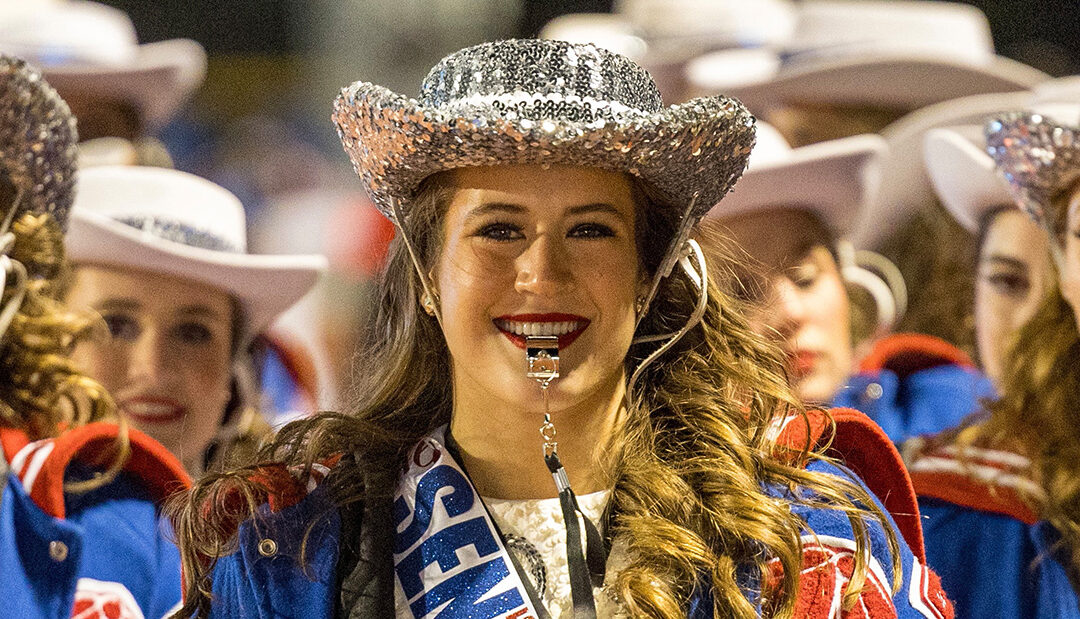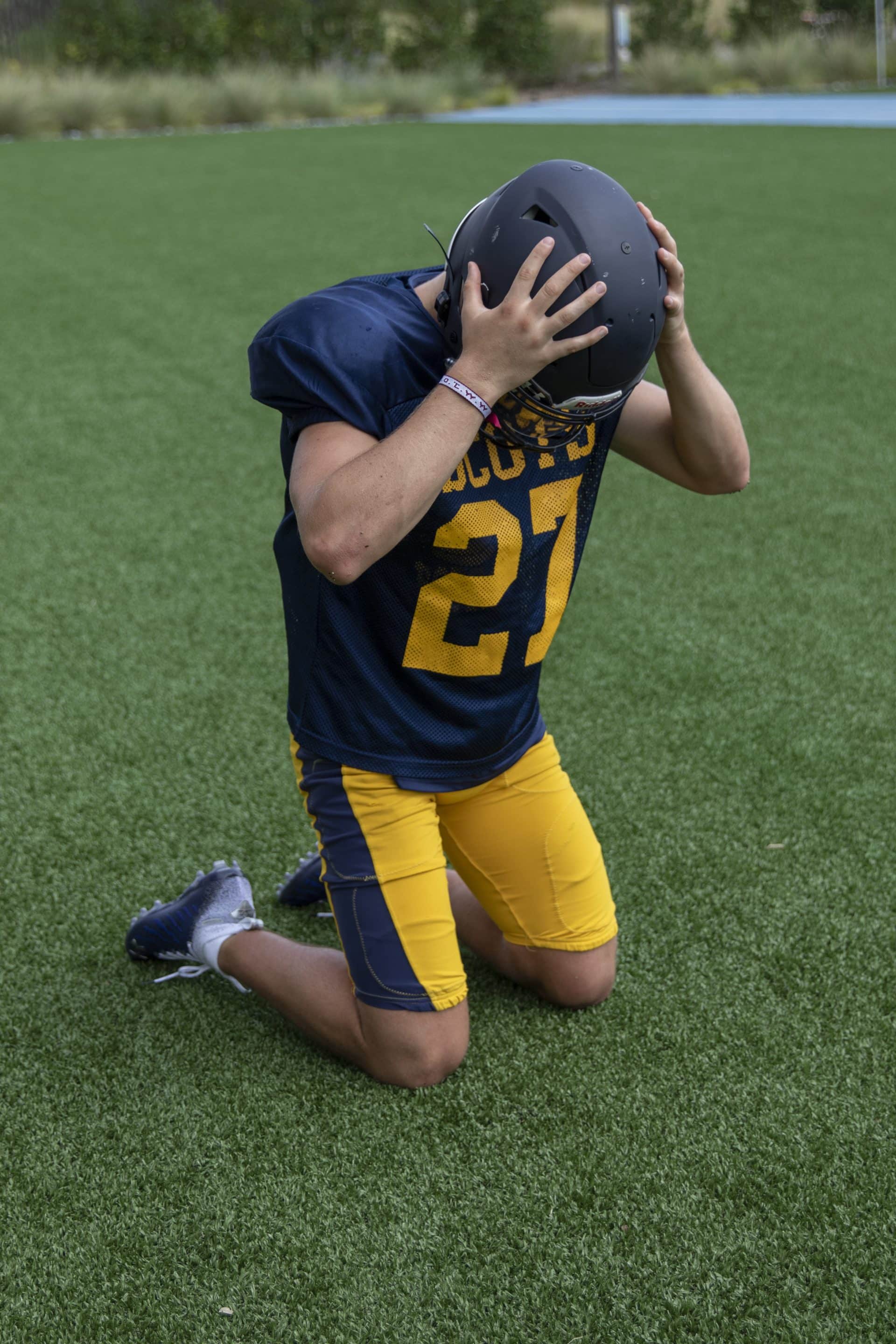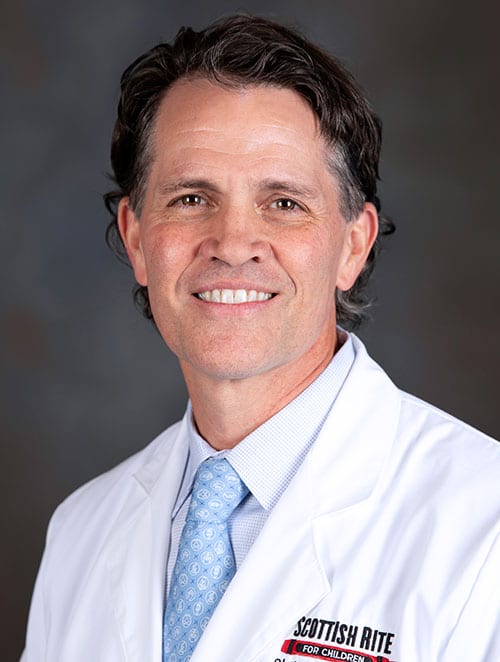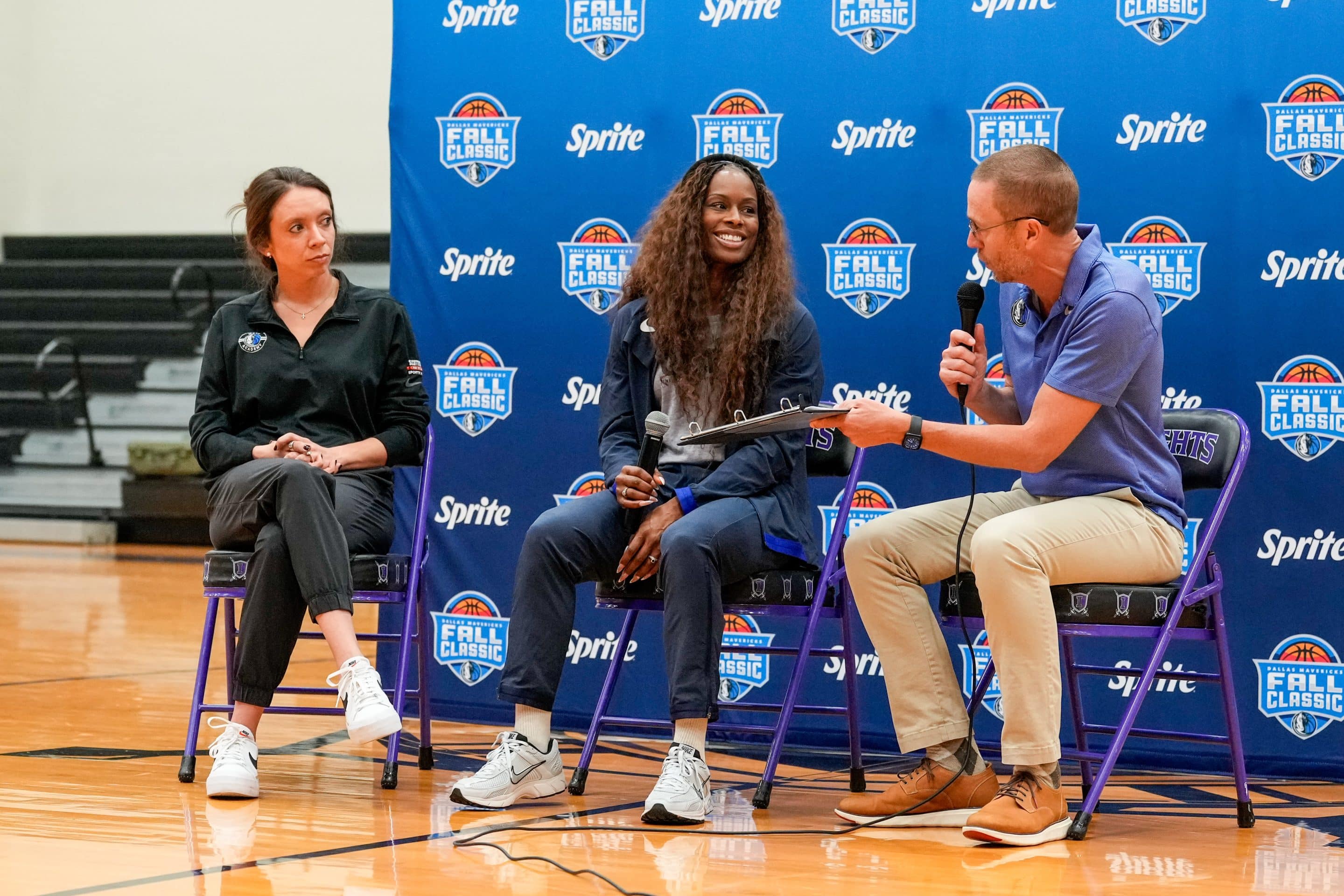Crunching and popping are the sounds your child should make when eating carrots, celery and the occasional potato chip. They are not the sounds you want to hear when they move their arms and shoulders, but all sounds may not be bad. Shoulder popping can be a sign of shoulder instability, which is a condition that can affect kids and adolescents.
“Often times, kids will wait too long to receive treatment after a shoulder relocation,” sports medicine orthopedic surgeon John A. Arvesen, M.D., says. “In fact, the shoulder is one of the most mobile joints in the body. The more your shoulder dislocates, the most likely you will have additional injuries to the cartilage and labrum.”
What Causes Shoulder Instability?
The humeral head is a ball at the top of the upper arm bone. This ball rests in a shallow socket of the shoulder blade, which is called the glenoid. The glenoid is surrounded by soft tissue called the labrum, which deepens the socket side of the joint.
When the tendons and ligaments of the shoulder fail to securely hold the ball in the socket, the shoulder joint can feel loose. An injury to the labrum can result in a tear known as a Bankart lesion. Damage to the labrum makes it easier for the ball to slip out of the socket.
Slipping or instability of these conditions can range from a minor annoyance with slight discomfort and popping sounds to a painful shoulder dislocation that needs immediate attention.
Shoulder injuries, such as instability, occur most commonly in kids who play sports. The bones and joints of young athletes are not fully mature. Due to the stress that sports can put on the body, injuries are bound to happen. Some kids have naturally loose ligaments, making them even more prone to shoulder instability.
Other factors that can raise the risk of shoulder instability include having a previous subluxation or complete shoulder dislocation, hypermobility in the joint, and playing specific sports that put the shoulder in at-risk positions. High-impact sports, such as football, gymnastics and volleyball, increase the potential for shoulder instability.
What to Watch and Listen For in the Shoulder
Common symptoms of shoulder instability include the shoulder feel loose or feeling like it may slide or slip when bringing it over your child’s head. Certain motions or arm positions can aggravate the pain, and your child may describe the shoulder as feeling loose or unstable. Other symptoms that signal shoulder instability include:
- Experiencing weakness in the shoulder
- Having a sensation that the shoulder is slipping or popping out of the joint
- Limited range of motion with daily activities or sports
- Numbness and tingling in the arm
The Seriousness of Shoulder Dislocation
When the humeral head comes all the way out of the shallow socket of the glenoid, shoulder dislocation occurs.
If the shoulder is dislocated and does not immediately go back into place, your child may need emergency care right away. If the arm returns to its normal position and function, it’s best to follow up with a pediatric orthopedic surgeon. This condition is likely to happen again once it occurs the first time. If shoulder dislocations continue to occur, it can cause more serious damage inside the joint.
Treatment for Shoulder Instability
Diagnosing shoulder instability usually starts with a physical exam. This examination includes range of motion, strength testing and other special tests in the shoulder, such as apprehension sign, relocation test and load and shift tests, to confirm the diagnosis.
The treatment method is determined by the type of shoulder instability – anterior or posterior shoulder instability. Anterior shoulder instability is when a shoulder pops out of a place towards the front, and posterior shoulder instability is when the shoulder dislocates in the back. Arvesen and a team of researchers discovered children with anterior shoulder instability have more problems with their shoulder being unstable, while children with posterior instability usually experience more pain. This reveals that anterior shoulder instability injuries require more intensive treatment and rehabilitation.
Researchers at Scottish Rite for Children also found atypical injury patterns occur mostly in younger patients. Imaging, such as an X-ray or magnetic resonance imaging (MRI), may be recommended to get a closer look at the tissues inside the shoulder joint and to rule out specific conditions. In this population, changes to the surface of the glenoid bone or a Hill-Sachs lesion on the humeral head may be noted after a first or repeat instability incidents, these findings may influence the decision to have surgery.
Pain medications, including anti-inflammatory drugs such as ibuprofen, combined with rest and cold packs can help reduce pain and swelling. A sling may be recommended to help immobilize and support your child’s arm and shoulder as they heal. Additionally, a personalized physical therapy program may be recommended to help strengthen the muscles that control and stabilize the shoulder joint and the shoulder blade, known as the scapula.
Will Your Child Need Surgery?
Many patients have significant improvement in their shoulder symptoms after getting proper rest and performing a home exercise program or formal physical therapy. However, if instability continues to be a problem after trying nonoperative treatments, surgery may be recommended. Surgical treatments, such as Latarjet procedure, are frequently performed arthroscopically.
The goal of any treatment is to return your child to an active life as quickly and safely as possible, and this applies to surgery as well. Returning to sports with pain or too soon after a surgery may lead to long term problems
Every kid recovers differently. The pediatric orthopedic surgeon will work with you to determine when to let your child resume full activity. Regaining full range-of-motion, strength and improving the overall stability of the joint are the main goals of recovery.
Keeping Kids Moving: Protecting Shoulders from Injury
Kids are meant to move. Shoulder instability and pain can get in the way of moving at full speed. There are steps you can take to prevent shoulder instability and dislocation.
An exercise program can increase the strength and control of the muscles responsible for creating stability at the shoulder joint to provide the support the shoulders need to stay strong and in place. Stability in the shoulder and mobility in the upper back are necessary for activities that require extreme shoulder motion, such as throwing a baseball or hitting a volleyball.
Dr. Arvesen and Scottish Rite physical therapist Katie Sloma, P.T., D.P.T., CSCS, are collaborating to develop a return to play protocol. This will guide decision making for upper extremity athletes who have injured their shoulders or who are recovering from shoulder surgery. They have presented their initial recommendations at a national meeting for pediatric research in sports medicine and are currently testing the protocol in a research study with our movement science lab team.
Shoulder instability can slow your child down, but it doesn’t have to bring them to a full stop. Kids are resilient and heal quickly. The sports medicine experts at Scottish Rite for Children can help your young athlete get back to the games they love to play — on the field, in the pool or simply in your own backyard.
Think shoulder instability may be affecting your child or teen? Request an appointment today by calling Scottish Rite for Children Orthopedic and Sports Medicine Center 469-515-7100.












